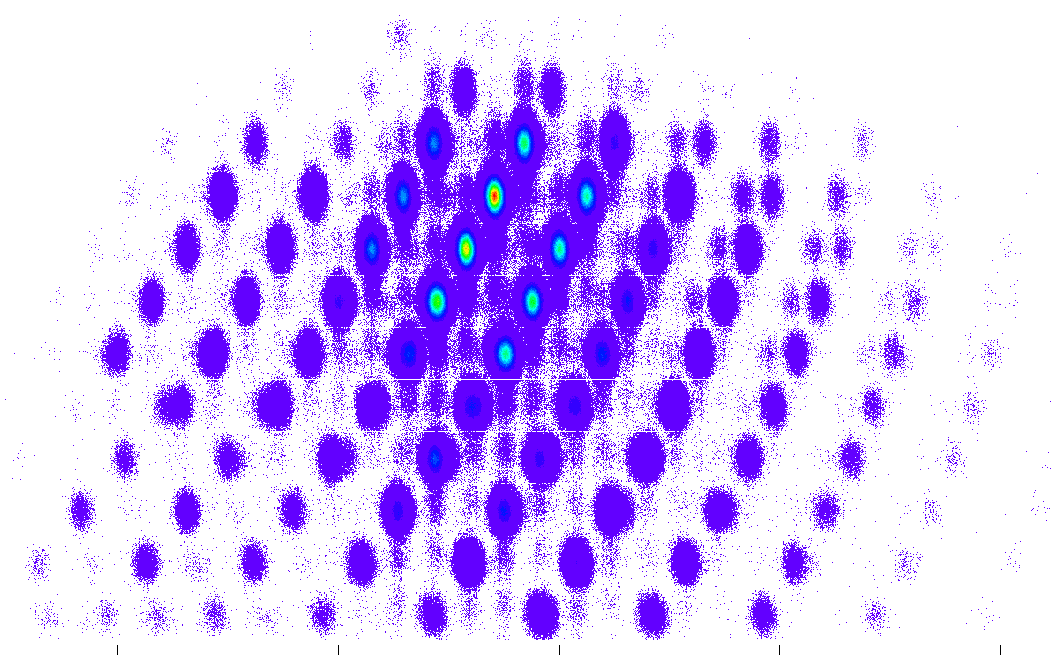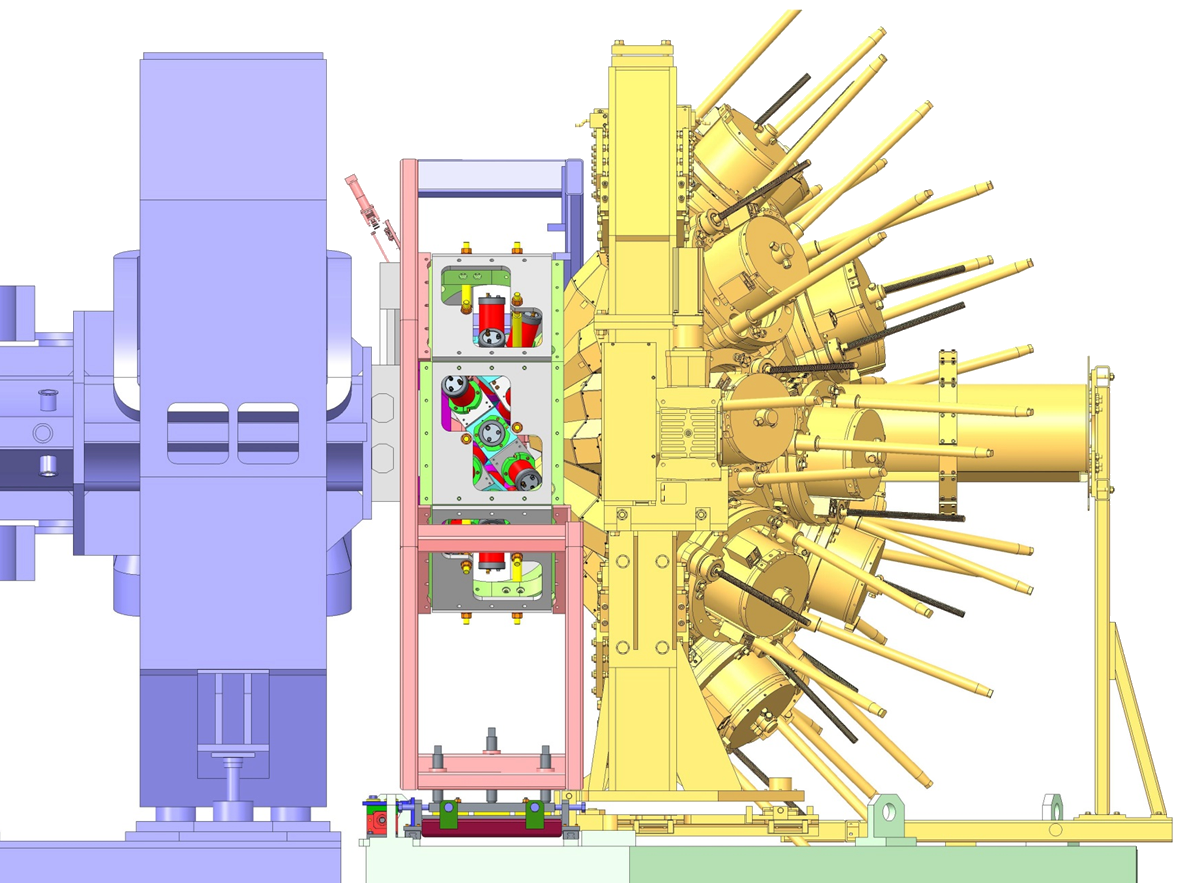Ours research is focused on the structure of atomic nuclei and their dynamics when put into extreme conditions as high angular momentum and large excess of neutrons. Our research portfolio covers the following areas:
 Our group studies the structure of exotic nuclei that have an excess of neutrons
when compared to their stable counterparts. While some of those nuclei are easy
to produce in the lab, other are more difficult and indeed are produced for the
first time in the humankind history. Those nuclei reveal more about nuclear
properties towards the neutron drip line, and are of paramount importance for
the understanding of the r-process and the astrophysical environment where the
heavier than iron elements are synthesized.
Our group studies the structure of exotic nuclei that have an excess of neutrons
when compared to their stable counterparts. While some of those nuclei are easy
to produce in the lab, other are more difficult and indeed are produced for the
first time in the humankind history. Those nuclei reveal more about nuclear
properties towards the neutron drip line, and are of paramount importance for
the understanding of the r-process and the astrophysical environment where the
heavier than iron elements are synthesized.
Our contribution to the subject is outlined in the list of selected publications.
 Inside a nucleus, in normal conditions, the nucleons are bound into pairs. Those
pairs however start to break when the nucleus is pushed to rotate. By studying
the frequencies at which the pairs break we learn about the microscopic structure
of the nucleus.
Inside a nucleus, in normal conditions, the nucleons are bound into pairs. Those
pairs however start to break when the nucleus is pushed to rotate. By studying
the frequencies at which the pairs break we learn about the microscopic structure
of the nucleus.
The unpaired nucleons interact with the core of paired nucleons via the Corriolis force - the same force that determines the dynamics of the Jupiter's large red spot.
Further information on our contributions can be found in the list of selected publications.
 Nuclear lifetimes are among the essential nuclear properties. They are related
to transition strengths and give information about the wavefunctions of the
states involved in these transitions. They cover a wide
range of values from few femtoseconds to lifetimes larger than the age of the
Universe, thus covering more than 40 orders of manitude. It is thus evident that
no single method or instrument can cover such a vast range of values. To measure
nuclear lifetimes, different methods and technologies have been developed in the
last century. Among them is the fast-timing method, which relies on fast detectors
and electronics. It is applicable for lifetimes as short as few tens of
picoseconds. This is the time that takes for the light to travel a distance of
just about 3 mm!
Nuclear lifetimes are among the essential nuclear properties. They are related
to transition strengths and give information about the wavefunctions of the
states involved in these transitions. They cover a wide
range of values from few femtoseconds to lifetimes larger than the age of the
Universe, thus covering more than 40 orders of manitude. It is thus evident that
no single method or instrument can cover such a vast range of values. To measure
nuclear lifetimes, different methods and technologies have been developed in the
last century. Among them is the fast-timing method, which relies on fast detectors
and electronics. It is applicable for lifetimes as short as few tens of
picoseconds. This is the time that takes for the light to travel a distance of
just about 3 mm!
We have been actively involved in the reseach, development and the testing of several multidetector fast-timing systems, such as the pre-dessesor of RoShere and FATIMA, as well as the coupling of FATIMA to a number of other multidetector arrays as GAMMASPHERE and EXOGAM. Further information can be found here.
Presently, our effort in the field is mainly focused on the technology transfer for space applications.
Motivated students are welcome to join our team.
Our research is presently funded by the Bulgarian National Science fund and the European Comission under H2020 contract.